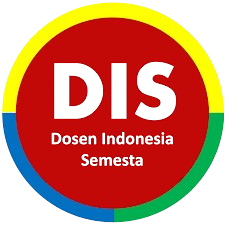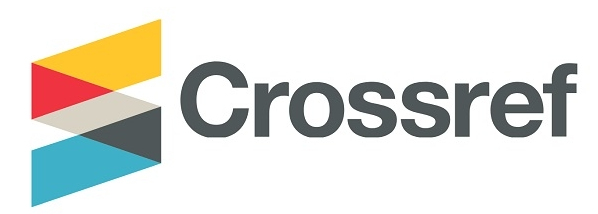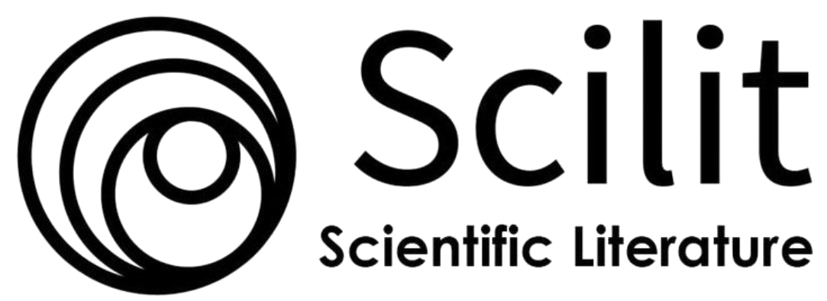A Descriptive Study of Illocutionary Speech Acts in the Twitter Account of Presidential Candidates in Indonesia in the Period of September-April 2019
DOI:
https://doi.org/10.36526/ln.v4i1.1443Keywords:
Speech Acts; Illocutionary speech act; TwitterAbstract
Language is the most popular topic of research. Speech acts is the one of the study that can be accomplished by the researcher. Speech acts are discovered in everyday life as well asin the movie. In this research, the researcher focuses on identifying the types and functions of illocutionary speech acts in the tweets of presidential candidates in Indonesia, Jokowi & Prabowo, during the campaign period of September – April 2019. The researcher uses descriptive-qualitative design as the methodology of the research. The data collected by documentation following the Twitter accounts of both the presidential candidates and then the researcher screenshoted their tweets during September – April 2019. It was totally found 238 tweets or 143 tweets of Jokowi and 95 tweets of Prabowo that were performed as the illocutionary speech acts. There are 5 types of illocutionary speech acts occur in both Twitter account of Jokowi and Prabowo namely assertive, directive, commissive, expressive and declarative. The researcher successfully identified that expressive illocutionary speech act and the most- frequently-used by both Jokowi and Prabowo. It performs 46.7 %. And the least types of illocutionary speech act that was used by them are declarative. It performs only 3.8 %. The tweets of Jokowi performed 30 functions and the tweets of Prabowo perfomed 24 functions. The researcher suggests that this research can be useful as learning source and they can use the tweets as moduls for practice illocutionary speech acts for both teacher and students. For the next researcher, this research needs to be done further by the next researchers for understanding illocutionary speech acts more in Twitter sentences to produce complete information.
References
Fauzan, Achmad. 2015. Analisis Tindak Tutur Dalam Akun Twitter Ketua Partai Politik Nasionalis Di Indonesia Pada Periode Bulan Februari-Maret 2015. Yogyakarta : E-Journal Universitas Negeri Yogyakarta.
Listya K, Anin and Novitasari, Nine F. 2015. The Analysis Of Illocutionary Acts In The President Joko Widodo’s Speech. Volume 6 issue 1st December 2015.
Muhartoyo and Kelly. 2013. Directive Speech Act In The Movie “Sleeping Beauty”. HumanioraVol.4 No.2 Oktober 2013: 949-966
Oktavia, Vessa P. 2018. Event Detection Applicattionn On The Road Based On Twitter Data Using Support Vector Mechine. Surabaya: Thesis of Institute Technology Sepuluh November.
Ratnasari, Intan Megawati. 2018. Analisis Pemakaian Gaya Bahasa Dan Teknik Visualisasi Promosi Iklan Detergen Pakaian Di Media Televisi.Simki- Pedagogia Vol. 02 No. 06 Tahun 2018 ISSN : 2599-073X.
Siagian, Evrin. S. L. Sarwaji, S. And Andayani. 2018. Speech Acts and Functions Of Expressive Speech Of Polish Bipa Learners at UPT BAHASA UNS. Lingua Didaktia, Vol 12, No 1 2018.
Sugiyono.2009. Metodology Penelitian Qualitaive, Quantitatvie dan A&D. Bandung : Alfabeta.
Tesaindra, M. Salman. 2017. The Directive Illocutionary Acts In The Help Movie. Semarang: Thesis of Diponegoro University.
Wafa, Hosnol and Vahmita, Indrawati. 2017. Directive Illocutionary Act on English Teacher in Elementary School Sukoharjo 3 Probolinggo (Pragmatics Study). METATHESIS, Vol. 1, No. 1, April 2017
Downloads
Published
How to Cite
Issue
Section
License
This work is licensed under a Creative Commons Attribution-ShareAlike 4.0 International License.


















